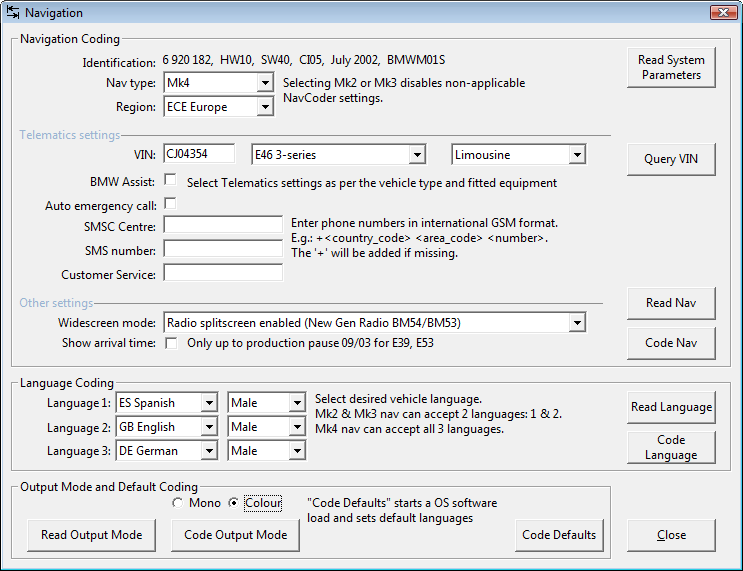

The power budget is per-switch and independent of any other switch in the stack. The PoE feature operates the same whether or not the switch is a stack member. If the switch detects a fault caused by an undervoltage, overvoltage, overtemperature, oscillator-fault, or short-circuit condition, it turns off power to the port, generates a syslog message, and updates the power budget and LEDs.
#NO COM PORT AVAILABLE NAVCODER SOFTWARE#
The CDP-specific power consumption requirement is referred to as the actual power consumption requirement in the software configuration guides and command references. When a device starts up and uses CDP or LLDP to send a request for more than 15.4 W, it can be allocated up to the maximum of 30 W. The initial allocation for Class 0, Class 3, and Class 4 powered devices is 15.4 W. Cisco pre-standard devices and Cisco IEEE powered devices can use CDP or the IEEE 802.3at power-via-MDI power negotiation mechanism to request power levels up to 30 W. With PoE+, powered devices use IEEE 802.3at and LLDP power with media dependent interface (MDI) type, length, and value descriptions (TLVs), Power-via-MDA TLVs, for negotiating power up to 30 W. Powered devices can also negotiate with the switch for more power.

If the request is denied, the switch ensures that power to the port is turned off, generates a syslog message, and updates the LEDs. If the request is granted, the switch updates the power budget. The switch processes a request and either grants or denies power. This does not apply to third-party PoE devices. The switch adjusts the power budget accordingly. The switch performs power-accounting calculations when a port is granted or denied power to keep the power budget up to date.Īfter power is applied to the port, the switch uses CDP to determine the CDP-specific power consumption requirement of the connected Cisco powered devices, which is the amount of power to allocate based on the CDP messages. The switch tracks its power budget (the amount of power available on the switch for PoE). The switch monitors and tracks requests for power and grants power only when it is available. Maximum Power Level Required from the Switch Based on the available power in the power budget, the switch determines if a port can be powered. The switch classifies the detected IEEE device within a power consumption class. As the switch receives CDP messages from the powered device and as the powered device negotiates power levels with the switch through CDP power-negotiation messages, the initial power allocation might be adjusted. The switch initially allocates this amount of power when it detects and powers the powered device. The initial power allocation is the maximum amount of power that a powered device requires. The switch detects a Cisco pre-standard or an IEEE-compliant powered device when the PoE-capable port is in the no-shutdown state, PoE is enabled (the default), and the connected device is not being powered by an AC adaptor.Īfter device detection, the switch determines the device power requirements based on its type:Ī Cisco prestandard powered device does not provide its power requirement when the switch detects it, so a switch that does not support PoE+ allocates 15.4 W as the initial allocation for power budgeting a PoE+ switch allocates 30 W (PoE+).


 0 kommentar(er)
0 kommentar(er)
